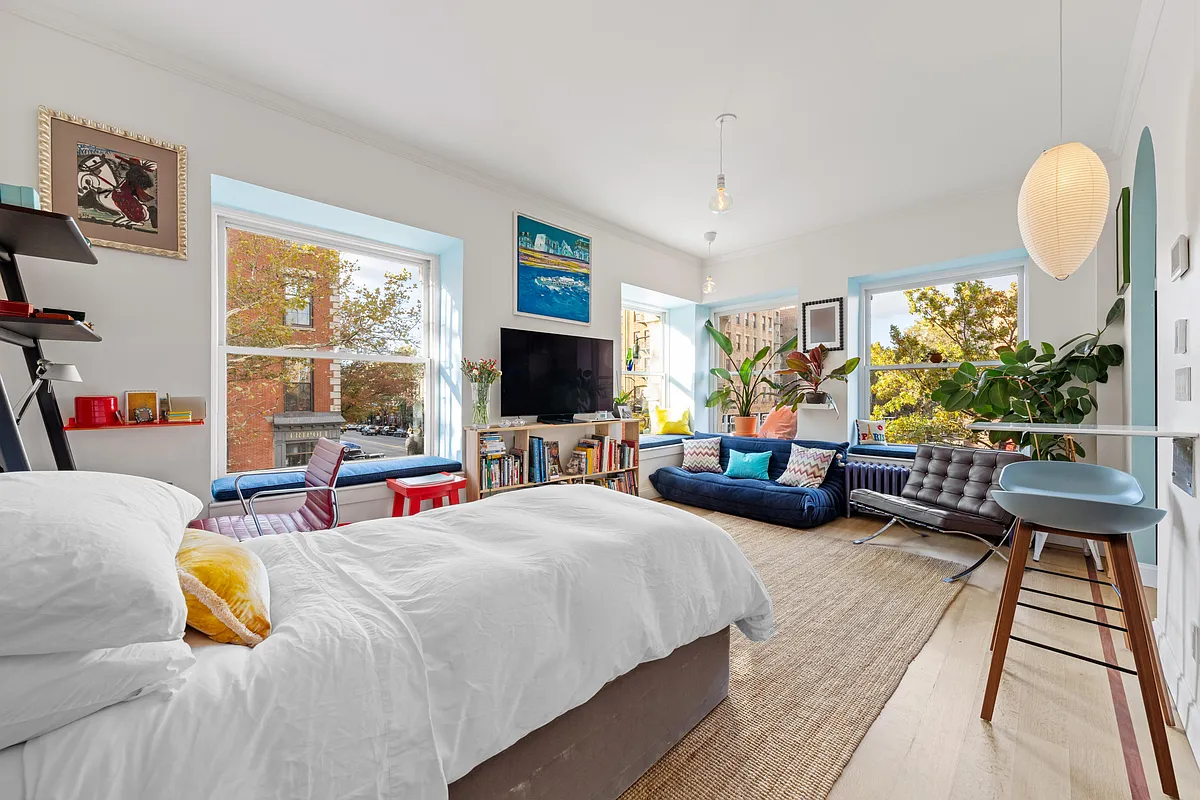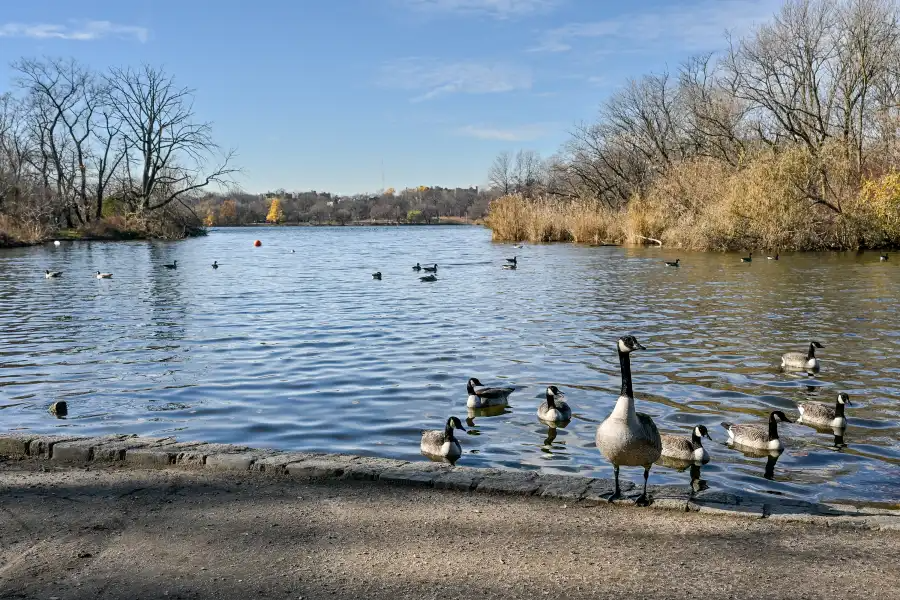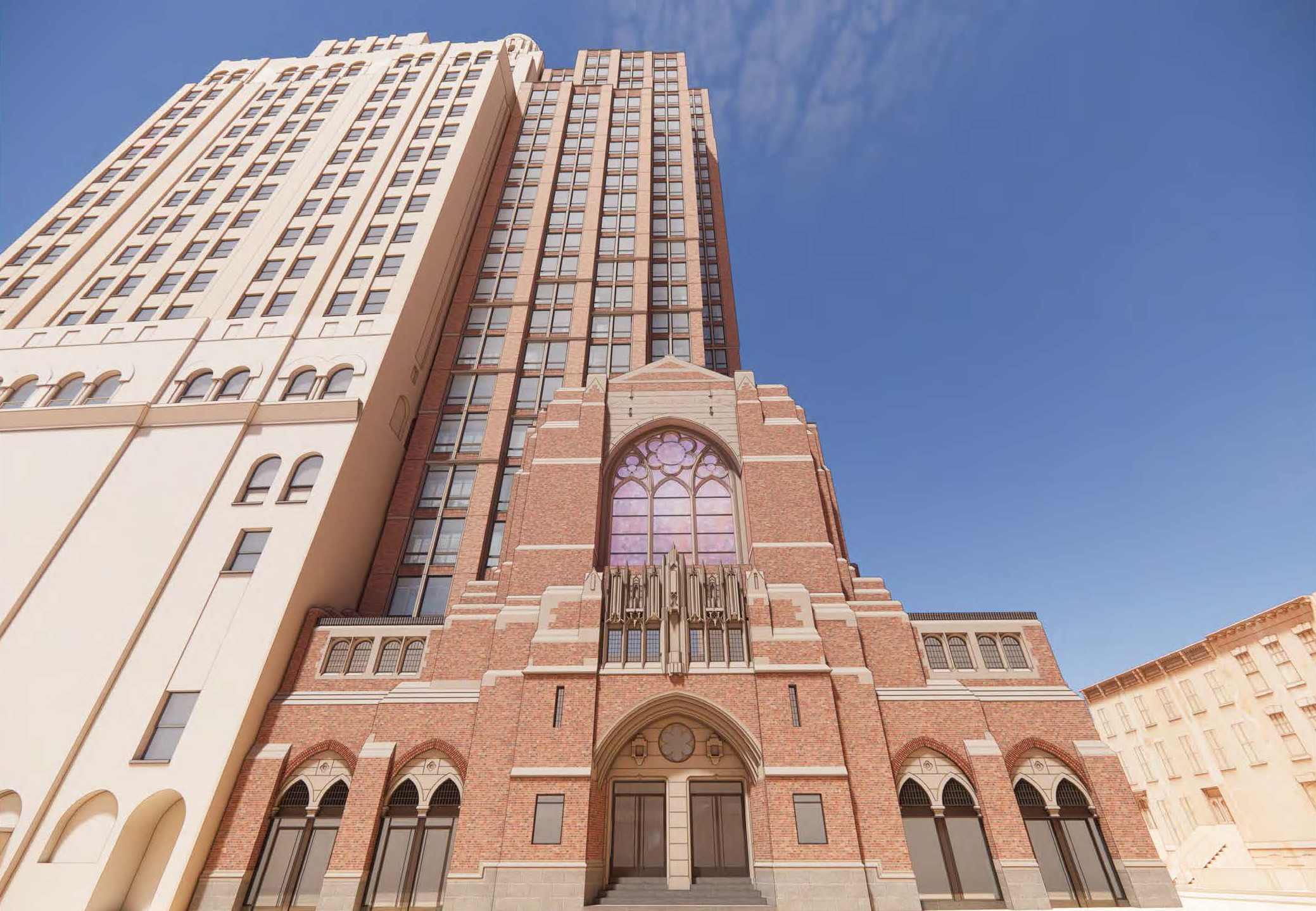Seventh Avenue Sell-Out a Boon to Fifth Avenue
Although just noticed by the New York Times, the familiar cycle of colorful mom-and-pop stores being replaced by sterile chains has been playing itself in Park Slope for several years: As chain stores continue to replace small businesses along Seventh Avenue, its hip, younger sibling, Fifth Avenue, is becoming what its older brother once was:…

 Although just noticed by the New York Times, the familiar cycle of colorful mom-and-pop stores being replaced by sterile chains has been playing itself in Park Slope for several years:
Although just noticed by the New York Times, the familiar cycle of colorful mom-and-pop stores being replaced by sterile chains has been playing itself in Park Slope for several years:
As chain stores continue to replace small businesses along Seventh Avenue, its hip, younger sibling, Fifth Avenue, is becoming what its older brother once was: a home for entrepreneurial adventurers, many of whom, forced out by rising rents, have set up shop two blocks east and a world away.According to Kenneth Adams, president of the Brooklyn Chamber of Commerce, rents on Fifth Avenue are roughly $30 to $40 per square foot, half the rate along Seventh Avenue, which, with Montague Street in Brooklyn Heights, commands the highest commercial rents in the borough. As a result, few retailers can afford a Seventh Avenue address.
Are there Park Slopers out there who prefer living further down the hill as a result of this shift or is the desirability of the higher avenues unaffected by the Soho-ization of Seventh Avenue?
As One Strip Goes Stodgy, Another Turns Hip [NY Times]





Anon at 9:09am,
What do you mean by above or below 9th St?
“Above 7th Ave” would be the area east of 7th Ave and “below 7th Ave” would be the area west of 7th Ave, owing to the topography of the nabe – the higher ground is to the east.
BUT how does upper/lower/above/below relate to the South/North axis of the Slope? Is one higher than the other? And in which direction?
I moved to 4th st. between 5th and 6th ave.,7 years ago. What a huge change in the vibe. We used to have to go to 7th for everything,now we just walk a few feet down the street for great food,bars and shopping. I also just turned 50 and my friends and are allways the oldest people in the room by a wide margin.On a recent friday night i didn’t see anyone on the sidewalk over 30 and looking so hip it hurt. I had to comment that this place was getting way to cool for me. Not great for my ego but unreal for 5th ave.
didn’t that under the pig place used to be at first and first in the e. village like 15 years ago?
We moved out of Park Slope two years ago, to Ditmas Park. Living outside our old nabe has really opened our eyes to what we truly liked about the old nabe, because these are the places we make the effort to still visit.
Basically, we never set foot on Seventh Ave below 9th St., except to drop our kids off at school, use the Citibank ATM, or go to the flea market. We spend lots of time, however, enjoying restaurants and shops above 9th St. on 7th Ave, and of course along 5th. As we live just 22 minutes commiute from Union Square(door to door on the Q train – yes from Ditmas Park!!!), Manhattan is an easy choice for us, but the new 5th Avenue and upper 7th Avenue business are so great, we often choose them over Manhattan options just because we prefer them. Prime Slope is beautiful architecturally, but there just isn’t any vibe. No more young people , or young families, or if there are, they are attitude ridden Upper West Side Refugees. The place is pretty to look at, but stale as hell.
duh. i see now.
(Anon at 4:31 again)
Linus: Bigbubba got my point (which was not clearly made by me). No man’s land refers to the industrial stuff near the canal, not to South Slope (except presumably below 3rd ave), as people appear to have been telling MC.
Exactly: basically the industrial area now commonly referred to as “Gowanus” was often jokingly referred to as “No Mans Land” in the past.
Somebody in this thread got this mixed up with South Slope, which to my knowledge has never been called “No Mans Land” – at least not within my earshot.
255 4th Avenue is at Carroll, not in the South Slope. The Scarano site is referring to the west side of the Slope, not the south, as having been a “no man’s land” — anyway, I don’t think that was exactly an official designation.
On the no man’s land issue, this is from scarano’s website:
The twelve story tower at 255 4th Avenue in Brooklyn is a pioneer in a major redevelopment that is taking place along this portion of 4th. Once known as “no man’s land”, the valley created by the slope down from Prospect Park and the Carroll Gardens hill, this area has been rezoned for high density residential uses, and buildings such as this 50,000 square foot residential development are transforming the area, turning it from a morbid industrial zone into a cohesive neighborhood.